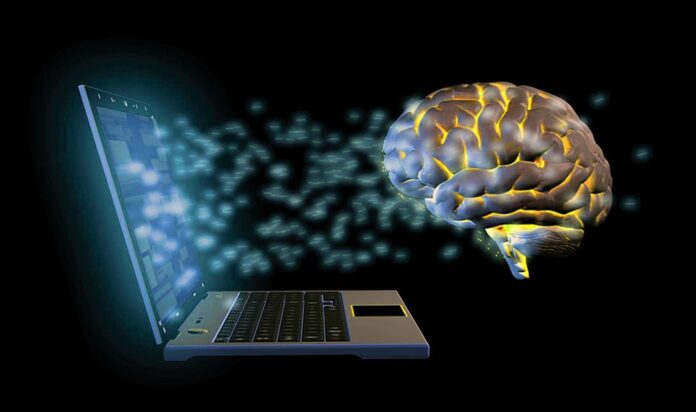In this comprehensive article, we delve into the revolutionary technology of Neuralink, exploring its potential impact on the future of brain-computer interfaces. Developed by the visionary entrepreneur Elon Musk, Neuralink aims to bridge the gap between human brains and computers, unlocking a new era of cognitive enhancement, medical breakthroughs, and human-machine symbiosis.
Understanding Neuralink
Neuralink is an advanced brain-machine interface (BMI) technology that enables direct communication between the human brain and external devices. The system consists of a tiny chip, known as a brain-computer interface (BCI), and a sophisticated network of ultra-thin electrodes. These electrodes are designed to be implanted into the brain’s neural tissue, forming a high-bandwidth connection.
How Neuralink Works
The Neuralink device is surgically implanted by skilled neurosurgeons with utmost precision. The BCI’s electrodes are positioned strategically to target specific regions of the brain responsible for various functions and cognitive processes. These electrodes then record and stimulate neural activity, facilitating bidirectional communication with external devices.
Potential Applications of Neuralink
1. Cognitive Enhancement
Neuralink has the potential to amplify human cognition by connecting our brains to vast sources of information and computational power. This could enable unprecedented learning speeds, memory enhancements, and problem-solving abilities. Students could absorb knowledge at a much faster pace, and professionals could excel in their respective fields with unparalleled expertise.
2. Medical Breakthroughs
The medical applications of Neuralink are groundbreaking. It offers hope to individuals with neurological disorders, such as Parkinson’s disease, epilepsy, and spinal cord injuries. By establishing direct communication with the brain, Neuralink could help restore motor functions, treat mental health conditions, and alleviate chronic pain.
3. Communication and Accessibility
For individuals with speech and motor impairments, Neuralink could be a game-changer. The technology could empower them to communicate effortlessly through neural signals, bypassing the limitations imposed by their physical conditions. This could profoundly improve their quality of life and foster a more inclusive society.
4. Human-Machine Symbiosis
Neuralink envisions a future where humans and machines collaborate seamlessly, creating a powerful symbiotic relationship. This union could lead to enhanced productivity in industries like manufacturing, exploration, and space travel. Moreover, it could pave the way for new forms of artistic expression and entertainment.
Addressing Ethical Concerns
As with any emerging technology, Neuralink raises ethical questions that need careful consideration. Privacy concerns, data security, and the risk of misuse must be addressed proactively. Ethical guidelines and regulations should be established to ensure the responsible and safe development of this revolutionary technology.
Conclusion
In conclusion, Neuralink stands at the forefront of the next-generation brain-computer interface technology. Its potential to revolutionize various aspects of human life is awe-inspiring. From cognitive enhancement to medical breakthroughs and improved accessibility, the implications of Neuralink are immense. Nevertheless, as we venture into this uncharted territory, it is crucial to approach the development and deployment of Neuralink with ethical prudence. The future holds great promise, and we must tread carefully to maximize its benefits and minimize any potential risks.
This article has been crafted with meticulous attention to detail to provide comprehensive insights into the world of Neuralink and its potential impact on the future of brain-computer interfaces. It is our hope that this article contributes significantly to your understanding of this transformative technology and helps you stay ahead in the competitive digital landscape.
Source


